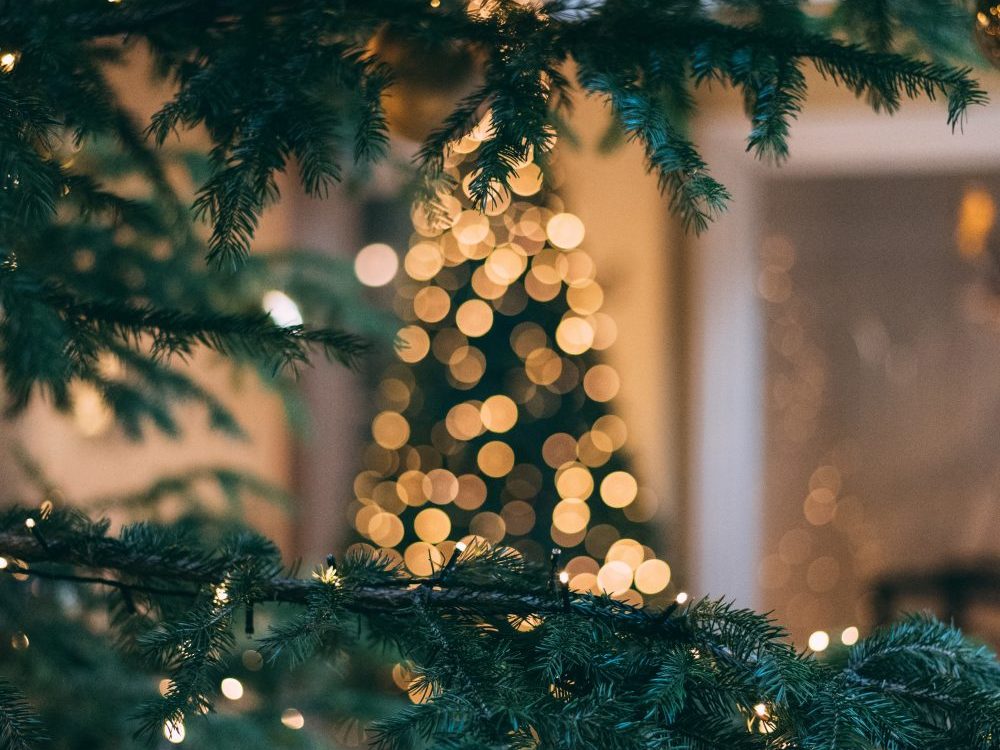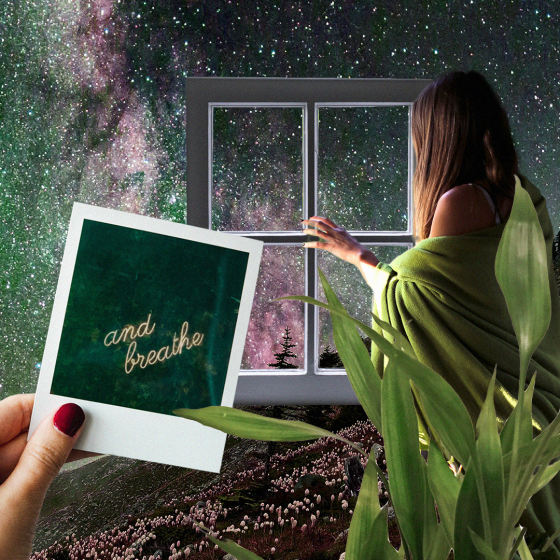The zero-waste lifestyle is incredibly admirable, but one that becomes increasingly difficult over time, whether you’re on a single wage, living in an expensive city, have limited time due to work, an active social life or because you have children.
I no longer hold a desire to hold all of my waste for the year in one mason jar, as many other zero waste activist do. And, in fact, I found in near impossible to do this in the first place.
That being said, my aims to have a waste free Christmas is still at the forefront of my mind and something I am working on in advance to achieve in 2019.
It was seeing the waste of Christmas in 2018 that led me to have a go at living a zero-waste lifestyle to begin with. My family and I produced over seven bin bags of waste on Christmas day alone. Bin bags containing unrecyclable wrapping paper, Christmas cards, plastic packaging from gifts, spent Christmas crackers, food waste and more. All of these things don’t need to be wasted, but you have to know how to find the waste-free alternatives in order to achieve an eco-Christmas. Knowledge I was sorely lacking in 2018.
This year I have found ways to make sure that my waste is as limited as possible, and not just my own but my families as well.
Recyclable Goodies
I’ve sourced eco-friendly Christmas crackers which are recyclable, apart from one tiny element which currently has no eco-friendly alternative and therefore will be wasted. However, these crackers are much better than you’re standard Christmas crackers though, and you can also create your own which is a fun activity to do if you have children at home.
Composting
My family and I are going to be composting all of our food waste such as peelings and chopping’s from vegetables and any leftovers not suitable for the following day’s buffet. We’re also using the leftovers from our Christmas dinners to make bubble and squeak for breakfast the next morning, to truly utilise our waste. I would also suggest buying some reusable containers for any leftovers salvageable for eating the following day or purchasing some natural wraps made with beeswax, over tin foil or clingfilm, in order to preserve food for longer.
Reconsider Christmas Cards
With regards to Christmas traditions such as presents, gift wrapping and cards I have chosen to opt out of sending all Christmas cards this year and instead I’m endeavouring to pass on my Christmas wishes either in person or via phone call or FaceTime. Since Christmas is considered one of the loneliest times of years I see this as an easy switch, and one that may have more benefits than simply sending a card with the same sentiment to fifty plus people.
Gifting Experiences
Present-wise I have only bought presents for the children in my life and for those who I know will love a specific thing. For everyone else I have decided to gift them experiences instead of a physical present I’m unsure they’ll enjoy. The gifting of an experience is also reducing our waste as there is much less packaging involved, and it can be an experience that I can enjoy too. Making it a win-win-win for all who take part.
No More Glitter!
Wrapping paper was perhaps the easiest change to make. Because many wrapping papers contain glitter or other unrecyclable elements I have simply swapped all packaging for the alternative of newspaper. Whilst not wholly festive, newspaper can be put in the recycling immediately after use and since the recipient is only going to rip it off anyway, I don’t see the harm.
An alternative tree
I think the biggest challenge for people attempting a waste free Christmas is sourcing an eco-friendly Christmas tree. In the UK we chop down 8 million Christmas trees in December alone. That’s an incredible number, and one I don’t find particularly eco-friendly. However, the alternative to a real Christmas tree is a plastic version which will inevitably end up in landfill and therefore harm the environment. My suggestion for a waste free Christmas tree is to either source a plastic Christmas tree second-hand and use it for as long as possible, or to forego a Christmas tree altogether. If you have the ability to do so, you can also grow your own Christmas tree, or even purchase a smaller wooden version that’s recyclable.
Baby steps
As with all of these suggestions, I don’t expect someone who is attempting their first waste free Christmas to follow them all as gospel. It’s only in the last year that we’ve begun truly educating ourselves on ways to limit our plastic, with national treasures like Sir David Attenborough recently calling attention to the fact that change is finally appearing to happen.
Instead of trying to make a massive change to the way you celebrate Christmas, I recommend instead that you try and source as many waste-free alternatives as you can. Because a little less waste can go a long way in helping the environment. And what is a better Christmas present for the planet, than preserving it a little longer?









